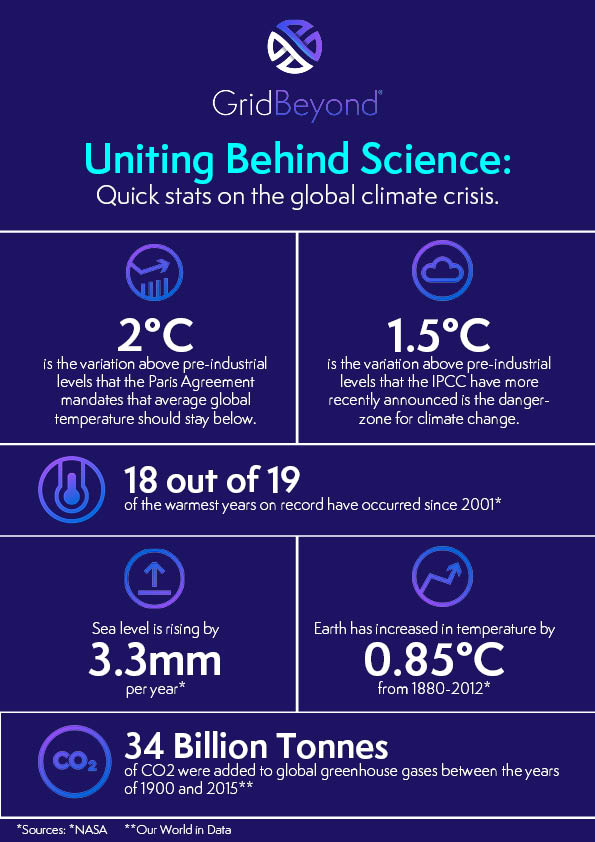News
better business decisions
Posted 6 years ago | 3 minute read

As COP25, the 25th annual Conference of Parties to the United Nations Framework Convention on Climate Change, is progressing in Madrid, we are looking at the most recent scientific data, trends in environmental policy-making, and the role of large businesses in a carbon-neutral economy.
Part 1: COP25 and Science: Catalyst for Change
Over the next two weeks, country representatives from around the world will be reporting on their commitments to the Paris Agreement and their nations’ progress towards decreasing carbon emissions. ‘The COP25 will be the COP of implementation’, said Carolina Schmidt, the conference’s current president and Chilean Environmental Minister.
The goal of the conference is to finalise the legal and technical details of the Paris Agreement – the 2015 international treaty adopted by 195 countries that aims to limit global warming to less than 2°C. This includes, among other details, negotiations on the rules for climate finance and the voluntary carbon emissions markets which would enable nations to meet their pledged CO2 cuts by trading reductions with other countries.
In an optimistic scenario, COP25 will lead to binding cross-national decisions to pave the way for the next decade of climate emergency actions.
The recently published ‘World Scientists’ Warning of a Climate Emergency’ report gained the support of over 11,000 environmental experts, and it does not leave any space for speculations – world leaders must act now.
COP25 creates an opportunity to design and execute real actions that, if implemented now, will have the chance to prevent the ‘catastrophic threat of untold suffering’ described by scientists.
Implementation of the Paris Agreement – where are we now?
In his speech on the first day of COP25, UN Secretary General, Antonio Guterres, expressed great disappointment with the current global efforts to cut emissions. Although European nations lead the transition towards fully decarbonised economies, the overall global trend is far behind what is needed to prevent dangerous levels of climate change.
Last week, the UN Environment Programme published the ‘Emissions Gap Report 2019’. This report evaluates global progress on climate action and looks at the gaps between carbon reduction pledged in the Paris Agreement and the levels delivered.
Scientists agree it is still possible to limit global temperature rise to 1.5°C above the pre-industrial levels. Any increase in the temperature affects the planet’s eco-systems, but levels below 1.5°C will have a far less devastating impact than those above 1.5°C.
To get on track to limit temperature rise, global emissions must drop rapidly to 25 gigatons per year by 2030, but, based on today’s commitments, the emissions are on track to reach 56 gigatons of carbon by 2030 – more than twice what they should be. Accordingly, emissions need to be reduced by at least 7.6% every year between now and 2030 to reach the desired level.

Stay tuned for the second part of our sustainability series where we’ll cover more from COP25 and the latest trends and topics affecting the climate change agenda.








